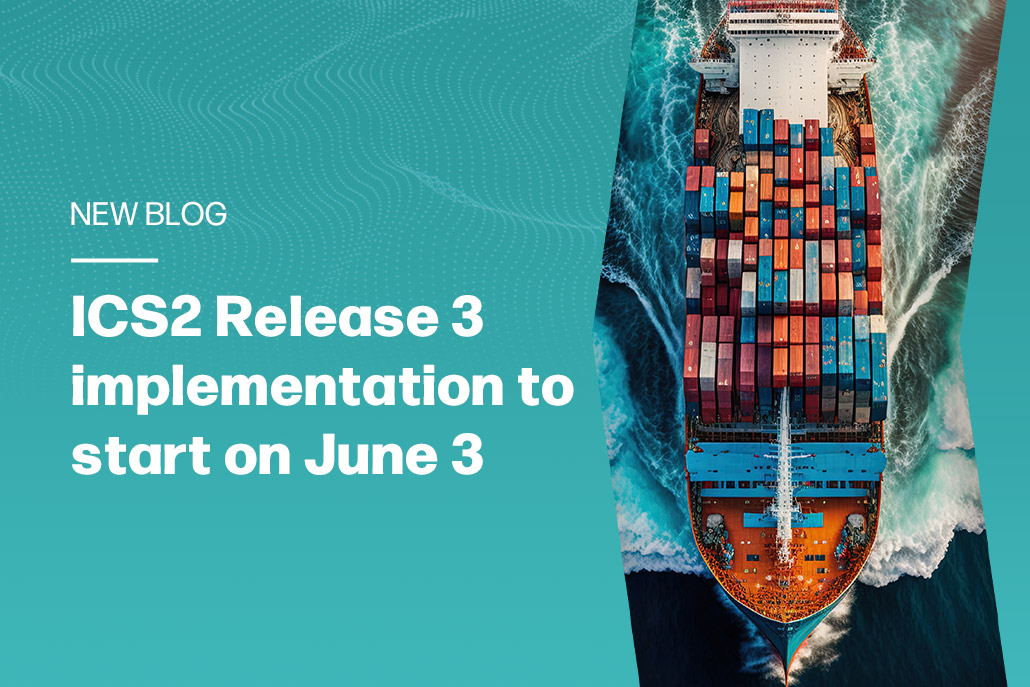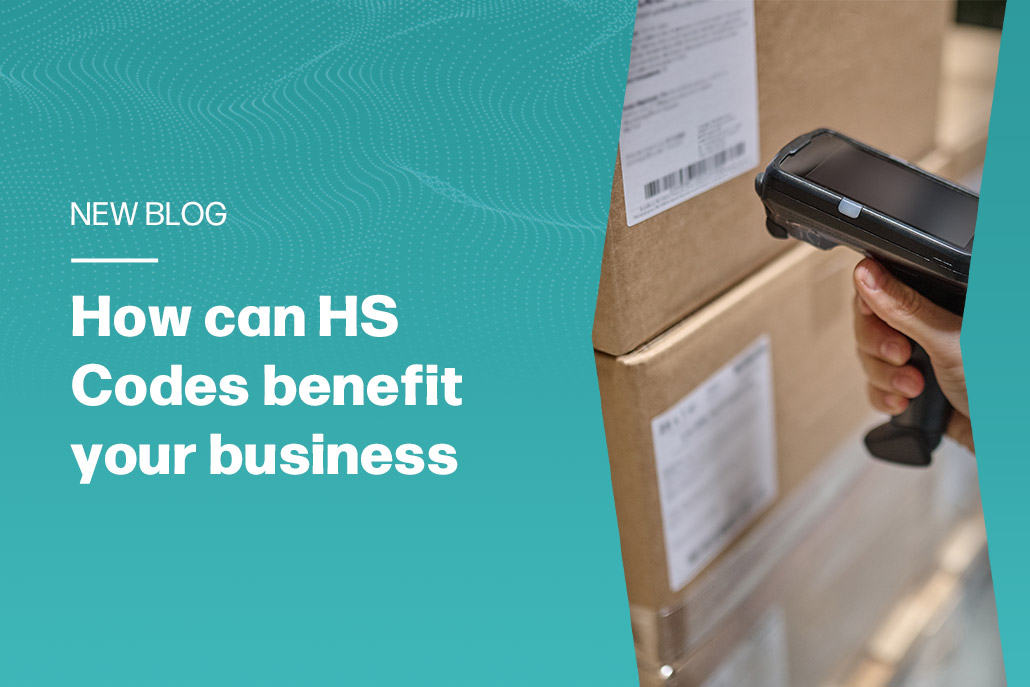Shipping costs play a pivotal role in the eCommerce landscape, impacting both sellers and customers. Calculating shipping costs accurately is crucial for maintaining a transparent and seamless customer experience. This article will delve into the nuances of shipping cost calculation, shedding light on why this knowledge is paramount for sellers.
Why Calculate Shipping Costs?
Before we dive into understanding how to calculate shipping costs, let’s first address why it’s essential. Shipping costs play a pivotal role in shaping the customer experience. They directly influence the final cost of the product, impacting purchasing decisions and customer satisfaction. Transparency in shipping costs builds trust, while unexpected charges can lead to abandoned carts and disgruntled customers. Therefore, mastering the art of shipping cost calculation is a key component of successful eCommerce navigation.
Understanding shipping costs
Shipping costs encompass a myriad of elements, and sellers must have a comprehensive understanding of what is included in these calculations. Beyond the obvious expenses associated with deliveries, considerations such as packaging materials, labour, and handling fees contribute to the overall shipping cost. Acknowledging these components is the first step towards accurate calculations.
Formula for Calculating Shipping Costs
To demystify the process, let’s explore the fundamental formula for calculating shipping costs:
This formula serves as the backbone for determining the precise expenses incurred in delivering a product from the seller to the customer. Each business may have unique variables to consider, making it essential to tailor the formula accordingly.
Applying Shipping Costs
With the formula in hand, it’s time to set sail and explore the various options for applying shipping costs. Understanding these options is crucial for tailoring the shopping experience to the preferences of both the business and its customers.
Free shipping
Free shipping in the context of eCommerce refers to a shipping strategy where the cost of delivering a product to the customer is absorbed by the seller, resulting in no additional shipping charges for the buyer. It’s a marketing tactic aimed at enticing customers by eliminating a common friction point in the online purchasing process.
Pros of free shipping for eCommerce businesses:
- Positive impact on conversion rate: Customers are more likely to complete their purchase when they know that there are no additional costs for shipping. This can lead to increased sales and a reduction in cart abandonment, a prevalent issue in eCommerce. In fact, reports have found that 78% of shoppers will buy more to qualify for free shipping.
- Provides a competitive edge: In a crowded online marketplace, where consumers have numerous options, businesses that offer free shipping may attract more customers. It becomes a distinguishing factor that contributes to brand loyalty and customer satisfaction.
- Enhanced shopping experience: Free shipping can simplify the purchasing process by offering transparent and straightforward pricing. Customers appreciate clarity in pricing, and the absence of unexpected shipping costs can enhance the overall shopping experience.
Cons of free shipping for eCommerce businesses:
- Can impact profit margins: For businesses, especially those with tight margins or selling low-cost items, absorbing the cost of shipping can significantly reduce profitability. Some businesses may compensate for this by increasing the prices of their products, potentially affecting the perceived value.
- Can present logistical challenges: Especially when it comes to international shipping. The complexities of varying shipping costs, customs regulations, and longer delivery times may make it difficult for businesses to offer free shipping globally without incurring substantial expenses.
- Could lead to increased returns: There’s a risk of abuse, with some customers taking advantage of free shipping offers by placing orders with the intent to return items, leading to increased return rates and associated costs.
While free shipping is a powerful tool for attracting and retaining customers, businesses must carefully evaluate its feasibility based on their products, profit margins, and target market. Striking the right balance, such as offering free shipping for orders above a certain threshold or during promotional periods, allows businesses to leverage the benefits while managing the potential drawbacks.
Calculated Shipping
Calculated shipping is a dynamic approach used by eCommerce businesses to determine the shipping costs for a customer’s order based on various factors such as the package’s weight, dimensions, shipping destination, and the chosen shipping method. Calculated shipping provides a more precise and tailored cost based on specific variables.
Pros of calculated shipping for eCommerce businesses:
- Accuracy: By considering factors like weight and destination, businesses can provide customers with a shipping cost that closely mirrors the actual expenses incurred by the shipping carrier. This transparency contributes to customer trust and satisfaction, as they appreciate knowing they are being charged a fair and accurate amount for shipping.
- Option to sell various sized items: Whether selling small, lightweight items or larger, heavier products, businesses can set up their systems to calculate shipping costs accordingly. This flexibility is particularly advantageous for businesses with diverse product offerings.
- Contribute to healthy profit margins: Calculated shipping can help businesses avoid potential losses associated with undercharging for shipping. By accurately assessing shipping costs, businesses can ensure that they cover their expenses and maintain healthy profit margins.
Cons of calculated shipping for eCommerce businesses:
- Potential cart abandonment: One potential drawback is the complexity it introduces for customers during the checkout process. Some customers may prefer simplicity and may be deterred by a potentially intricate shipping cost calculation, leading to cart abandonment.
- Frequent shipping updates: Calculated shipping requires businesses to have accurate and up-to-date information about the shipping rates of various carriers. This can be challenging, especially if there are frequent changes in carrier rates or if the business operates in multiple regions with different carriers.
- International shipping considerations: Calculated shipping can become intricate due to customs regulations, duties, and taxes. Navigating these complexities may require additional effort in terms of system integration and customer communication.
While calculated shipping provides accuracy and flexibility, businesses should carefully weigh the benefits against potential drawbacks. It’s crucial to consider the nature of the products sold, customer preferences, and the ability to manage the complexities associated with accurate shipping cost calculations. When implemented thoughtfully, calculated shipping can enhance customer trust and streamline the shipping process for both businesses and their customers.
Flat-fee shipping
Flat-fee shipping is a straightforward shipping strategy employed by eCommerce businesses, where a fixed, predetermined shipping rate is applied uniformly to all orders, regardless of the size, weight, or destination of the products. Unlike calculated shipping, which considers various factors for each order, flat-fee shipping simplifies the process by providing a consistent shipping cost for all purchases.
Pros of flat-fee shipping for e-commerce businesses:
- Simple to calculate: Customers appreciate straightforward and predictable costs, and a flat shipping rate achieves just that. This transparency can contribute to a positive shopping experience, reducing friction during the checkout process and potentially leading to increased conversion rates.
- Streamlined purchasing process: Flat-fee shipping is particularly beneficial for businesses selling products with similar shipping profiles. If a majority of products have comparable sizes and weights, a flat shipping fee streamlines the purchasing process for both the business and the customer.
- Offers a competitive advantage: By offering a simple, consistent shipping cost, businesses can attract customers who prefer clarity in pricing and want to avoid the uncertainty of variable shipping rates.
Cons of flat-fee shipping for eCommerce businesses:
- Might not be ideal for all businesses: One significant drawback is the potential for overcharging or undercharging customers. If the flat fee is set too high, it can deter price-sensitive customers and lead to lost sales. On the other hand, if it’s set too low, the business may end up absorbing higher shipping costs, impacting profit margins.
- Might not account for the actual shipping costs incurred by the business: This could be problematic for businesses dealing with a wide range of product sizes and weights, as the flat rate might not accurately reflect the expenses associated with shipping certain items.
The suitability of flat-fee shipping depends on the nature of the business and its product offerings. While it provides simplicity and can be a customer-friendly option, businesses must carefully assess whether it aligns with their product diversity, profit margins, and overall pricing strategy. Striking the right balance between simplicity and accuracy is key to successfully implementing flat-fee shipping in an eCommerce setting.
How Much to Charge for Shipping
Should shipping costs be an additional charge for customers, or should they be incorporated into the product prices to qualify for free shipping? This decision is a strategic one and can vary based on the nature of your business. Understanding customer expectations and market standards is crucial to striking the right balance.
We’ve also discussed the pros and cons of different shipping options, and it’s crucial to take these into consideration when deciding how much to charge for shipping.
International Shipping Considerations
Expanding beyond domestic borders introduces a new set of challenges. International shipping involves considerations such as customs charges and varying regulations. Navigating these complexities is essential for a smooth cross-border eCommerce operation:
- Understanding and complying with the diverse customs regulations and import/export restrictions of each destination country is paramount. This involves conducting thorough research on denied party screenings, tariffs, and taxes to avoid potential legal issues and delays.
- Calculating accurate and transparent shipping costs for international customers is equally crucial, factoring in not only delivery fees but also any additional customs charges. Providing clear information to customers about potential delays due to customs processing or unforeseen circumstances is essential for managing expectations and maintaining customer satisfaction.
- Selecting reliable international shipping partners and employing advanced tracking systems can enhance visibility throughout the shipping process, offering both the business and its customers peace of mind regarding the status and location of their shipments.
Hurricane Commerce – Your Partner for Streamlined Shipping Calculation Processes
Mastering the art of calculating shipping costs is vital for eCommerce success. While this guide has provided insights into manual calculations and considerations, Hurricane Commerce offers cutting-edge solutions to automate this process seamlessly. By leveraging Hurricane’s Kona software, sellers can streamline their shipping operations, ensuring accuracy, efficiency, and a superior customer experience.
In a rapidly evolving eCommerce landscape, staying ahead with automated landed cost calculations is not just a competitive advantage but a necessity for sustained success. Get in touch with us today and implement efficient shipping calculation strategies.





